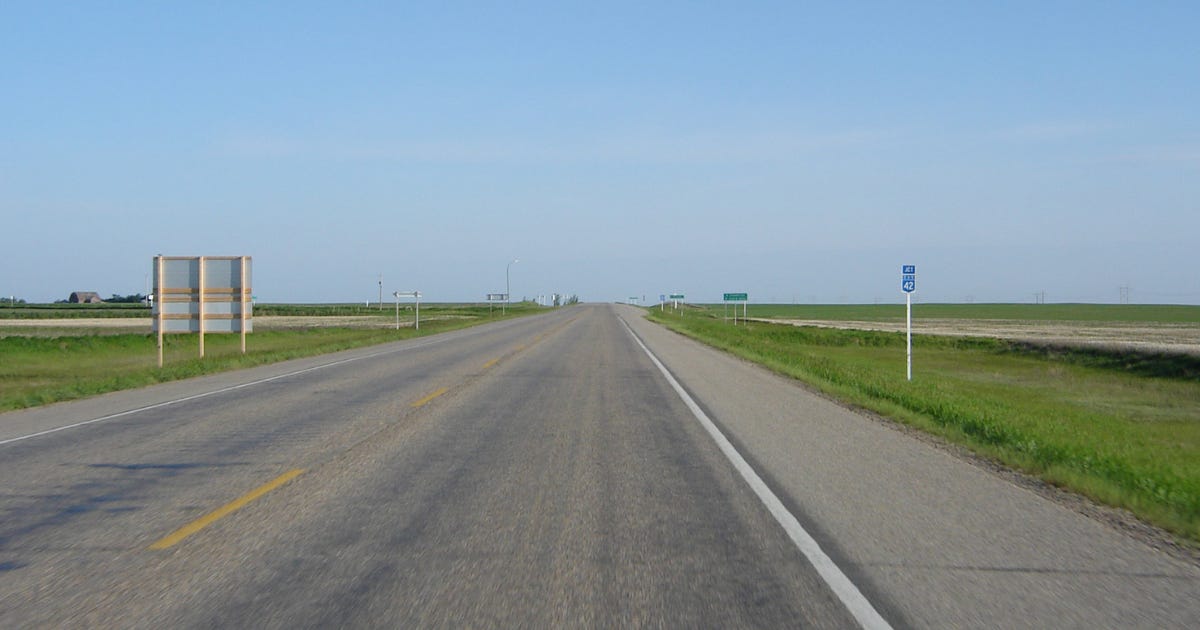Saskatchewan Highway 201 renamed Chief Kahkewistahaw Way
A provincial highway in southeast Saskatchewan has been renamed Chief Kahkewistahaw Way to recognize a Cree leader who was one of the original signatories to Treaty 4.
A provincial highway in southeast Saskatchewan has been renamed Chief Kahkewistahaw Way to recognize a Cree leader who was one of the original signatories to Treaty 4.
Highway 201, a 20-kilometre stretch north of Broadview that runs through Kahkewistahaw First Nation, now carries the dual designation Chief Kahkewistahaw Way, the provincial government announced last week.
Chief Kahkewistahaw signed Treaty 4 on September 15, 1874.
The agreement between the Crown and Cree, Saulteaux, Dakota, Lakota and Nakota peoples exchanged land for payments, provisions and reserve rights.
“Chief Kahkewistahaw Way recognizes a visionary chief who led his people with great distinction,” Highways Minister David Marit said in a statement.
“We are grateful to Chief Evan Taypotat for recommending this dual designation, which will remind us of one of the people who shaped the history of this region.”
Kahkewistahaw Chief Evan Taypotat said the renaming honours his predecessor’s legacy, marking “our ongoing journey of reconciliation and the important recognition of Indigenous leadership.”
Commemorative signs with the highway number and a portrait of Chief Kahkewistahaw will be added to the route.
The name was approved by a committee including the Government of Saskatchewan, Kahkewistahaw First Nation, the Town of Broadview and the Rural Municipality of Elcapo.
Highway 201 is the third provincial highway to honour an Indigenous leader with a dual designation, following the Louis Riel Trail (Highway 11) and the Chief Whitecap Trail (Highway 219).
Saskatchewan was also the first province to mark treaty boundaries with official highway signs. To date, signs have been erected at eight locations recognizing Treaties 2, 4, 5, 6, 6A, 8 and 10.





WOW!!!
It continues to get better and better and apparently even is supposed Provinces that are supposed to be GETTING IT.
We just need to stop trying to appease everyone from the past who thinks we’ve done them a disservice with our progress.